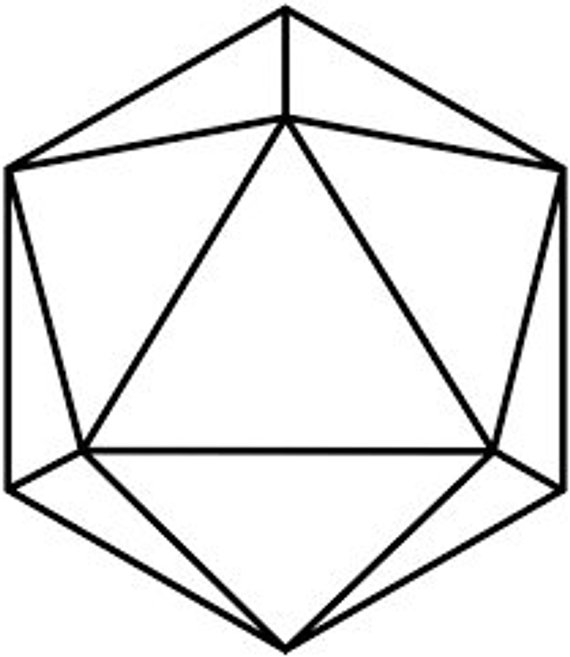Week 1
Open Source vs Free Software
The term “open source” may sometimes be confused with the term “free software”. However, they have different definitions as can be seen in the following links:
- The Open Source Initiative’s Open Source Definition
- The Free Software Foundation’s Free Software Definition
Both “open source” and “free software” include in their definitions “access to the source code,” which is the primary reason some people confuse the two terms. However, there are subtle important differences between the two definitions.
For software to be considered open source, it must adhere to various distribution criteria, such as: no restrictions or fees for non-modified redistributions, possible restrictions on modified redistributions, and no discriminations against persons, groups, fields of endeavor, and products/software.
On the other hand, free software gives the users freedoms such as: running the program(s) for any purpose, studying and/or changing the program(s), and redistributing copies or modified versions of the program(s).
The main difference between these two terms is that “free software” gives users the freedom to do whatever they want with the software, while software that is “open source” does not (although it gets somewhat close). Whereas free software emphasizes freedom, the criteria for open source are concerned with the licensing of the source code.
For instance, open source software allows for possible restrictions on modified redistributions, which is a violation of the notion of freedom stressed by free software. Since some open source licenses are too restrictive, they cannot be considered licenses for free software. An example of software that is open source but not free is an unmodifiable (users can’t run modified versions of it) executable whose source code is open source and free.
Summary of course-related activity
Friday, January 25
We discussed the structure and content of the course, updated Etherpads of our GitHub, OpenStreetMap, and Wikipedia accounts, discussed the notion of and examples of openness (open data, open software, open government, open education), identified open source software that we use in our daily lives, and watched/analyzed a video that talked about what open source is.
Tuesday, January 29
We watched and analyzed a video that talked about how to build careers in open source, discussed the differences between the open source definition and the free software definition, and then worked in teams to learn about and contribute to OpenStreetMap (see below for details).
Contributions
I made my first 5 contributions to OpenStreetMap this week. The process of finding areas and making edits was very simple and intuitive. It was also fun and rewarding to look through my neighbourhood (and other areas I frequently visit) on the map and see missing information or information that needed to be updated. Making edits, either small or big, felt good because I know that there are people out there who can benefit from knowing where places are, and the details about those places.
- The info about my apartment building was missing on the map, so I added it in
- The info about a Mexican restaurant in my area was missing, so I added it in
- I added information about a mosque in my area (name, religion, address, and service times)
- I added info about a fast food restaurant in my area (drive-through, delivery, and capacity)
- I added info about my favourite deli, which is also in my area (name and hours)
See my OpenStreetMap history here.
